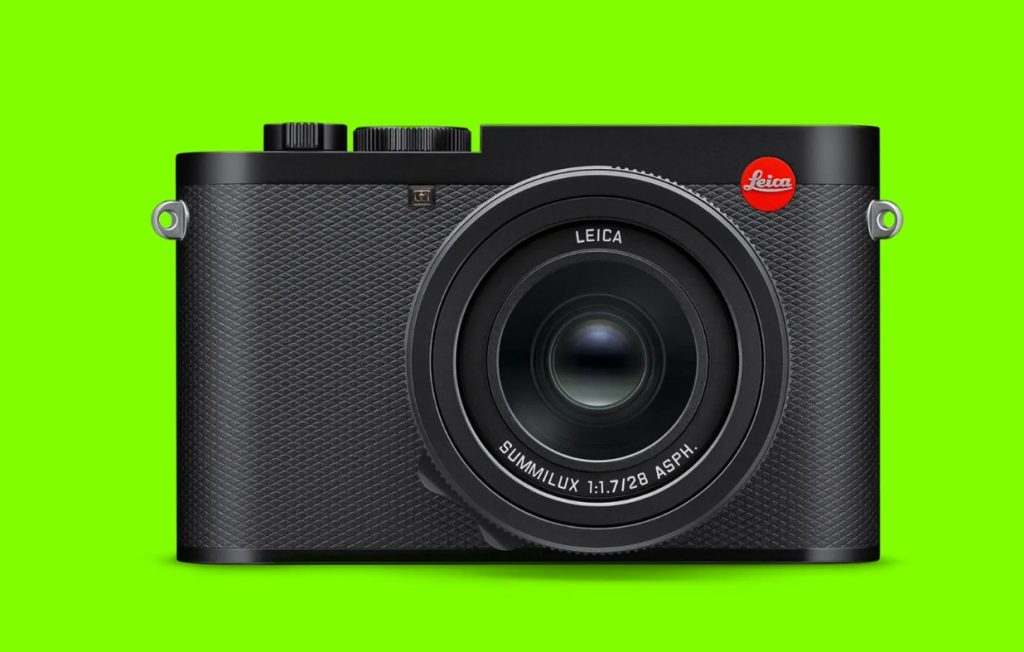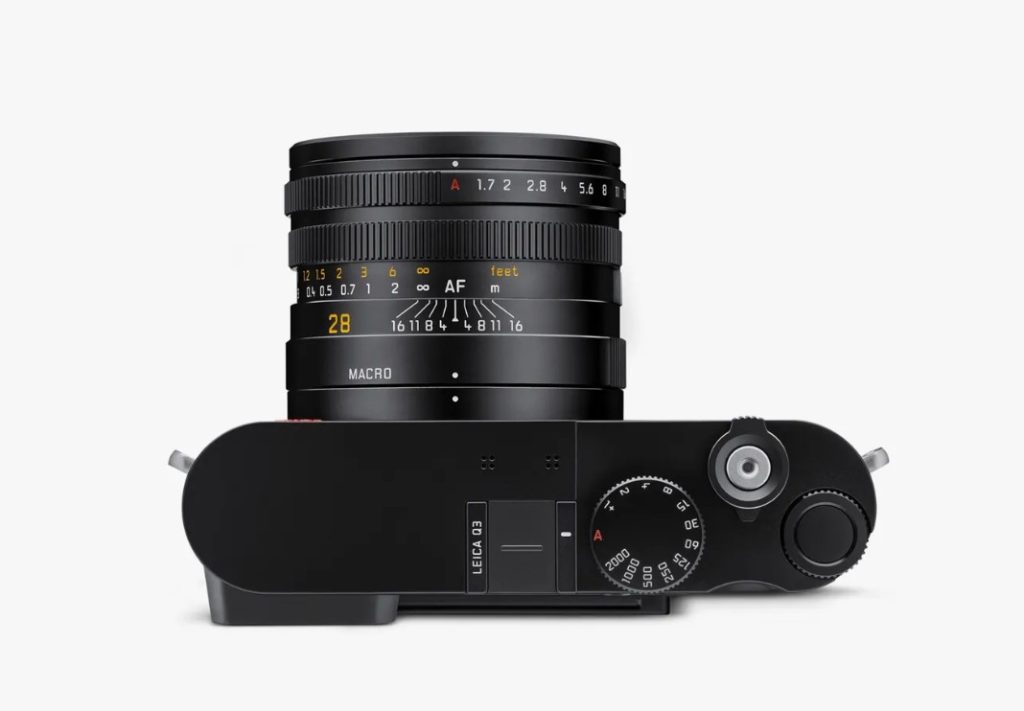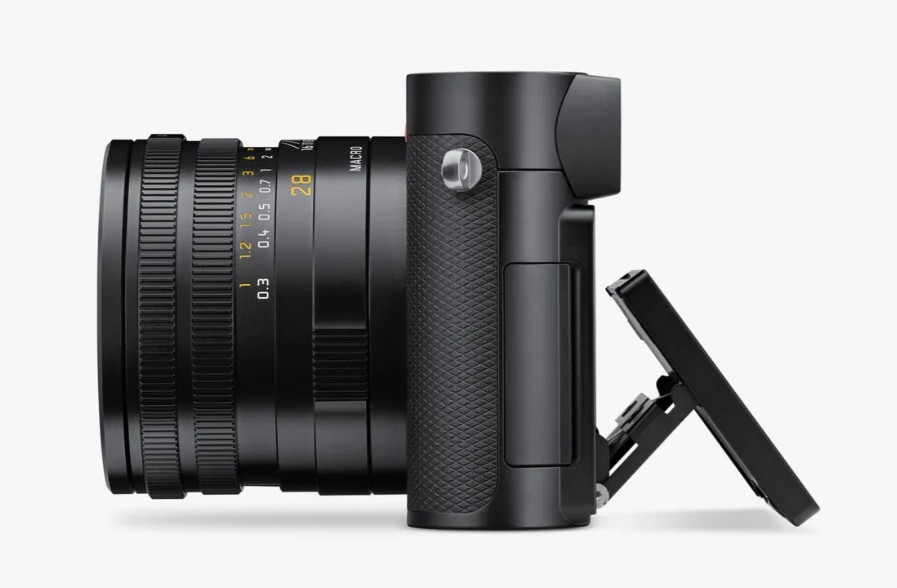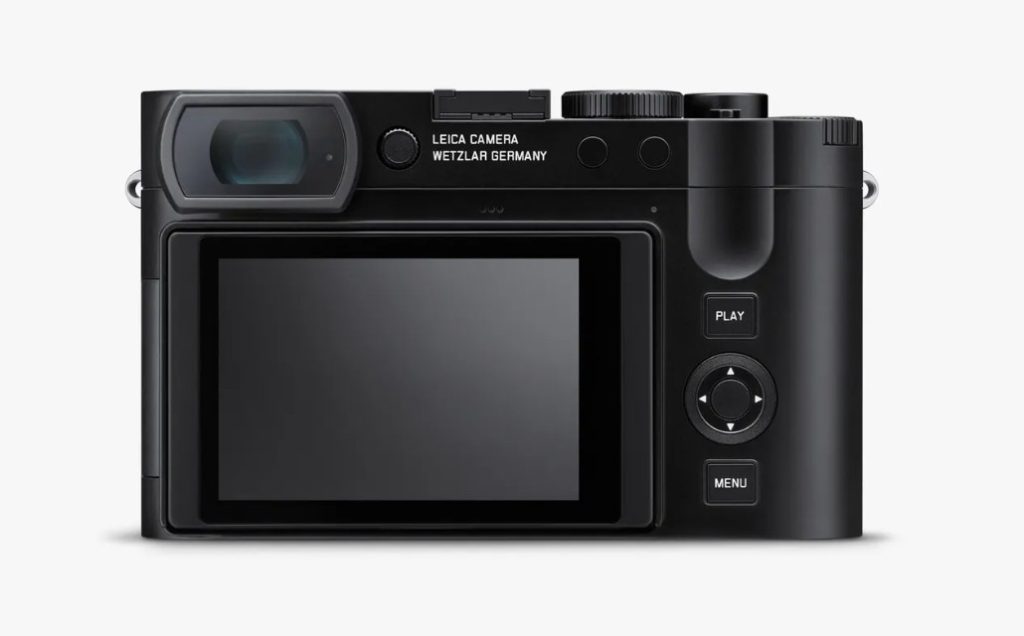The latest autofocusing rangefinder from Leica is a take-everywhere gem of a camera—if you can afford it.

THE LEICA Q3 is the latest version of the company’s fixed-lens, autofocusing rangefinder camera. It’s an incremental upgrade from the Q2 with enough new features to make it a worthy successor, including a new 60-megapixel sensor. But it still retains everything that made the Q2 great.
The Leica Q3 sells for $5,995, which is slightly more than the Q2’s debut. But at these prices, who notices $200 here and there? Interestingly, Leica is still selling the Q2 alongside the Q3. But unless the larger file size of the Q3 is too much for you, I can’t see any reason to get the earlier version. The Q3 is a better camera in almost every way.
Top Quality

Buying a Leica is a significant investment. Leicas are a nearly perfect camera for some photographers and the absolutely wrong camera for others. I loved the M4, which I was able to shoot with for several years in college. At the time, I was mostly interested in reportage photography and, to my mind at least, that is where Leica shines. The M4 had its quirks, but it was small, light, and less intrusive when you put it in someone’s face to take a portrait.
All of those things remain true of Leicas in the digital age. While I didn’t spend enough time with the M11—Leica’s flagship, interchangeable lens camera system—to learn its quirks and do a full review, it very much felt like a Leica. The Q3 is the same way. Whether that makes it the right camera for you depends on both your budget and how you shoot.
But first, the specs. The big upgrade to the Q3 is a new 60-megapixel sensor and a new Maestro IV processor. Curiously, while the sensor size matches last year’s M11, Leica says it’s not the same sensor, which helps explain why the Q3 actually has a wider ISO range (50-100,000) than the M11. The DNG raw files the Q3 produces average about 70 megapixels, and even with the built-in 8 gigs of buffer in the processor, this is not the best camera if you need sports-shooting speeds.

The Q3 also gets a Leica first: 8K video capture at up to 30p (H.265). There’s also Apple ProRes 422HQ support for 1080p video capture. While I would not suggest that the Q3 is a videographers’ best friend—it’s very clearly made for still shooters—it’s at least capable of recording impressive video.
The fixed 28-mm f1.7 Summilux APSH lens is a mixed bag. It’s a unique lens, capable of manual focusing, autofocusing, and macro shooting. And it does all of that pretty well. Just managing to make an autofocus lens easy and smooth to focus manually is a feat almost no other lens maker seems capable of, so kudos to Leica for that. Manual focus is Leica’s signature, though, so that’s expected. The lens resolves, even with the higher-resolution sensor. If you’re worried that it won’t be up for it, I’m here to tell you: It is very capable.
I used to consider fixed focal-length, large-sensor compact cameras to be very niche. There was Ricoh’s GR series, Fujifilm’s X100 series (very much inspired by the early Leica rangefinders), and now the Leica Q series. Then, for reasons that escape me since I don’t use TikTok, everyone decided the Fujifilm X100V was the camera to have. Demand is such that it’s hard to find one new, and the used market is wild. While my cynicism leads me to believe that most of this demand is from people who want to photograph themselves with the camera rather than, you know, going out into the world to use it, the demand is there.

The Leica is clearly the king of that pack. The lens is sharper and better, the sensor larger, and the autofocus better or just as good as on the Fuji. With X100V prices well over the $1,500 selling price, the Leica almost doesn’t seem that expensive anymore—almost. At $6,000, the Q3 is obviously not for everyone. But if you can afford it and are comfortable with the 28-mm focal length, the Q3 is a great camera. You want to bring it with you everywhere, and it produces the kind of images that make you glad you had it on you. That’s about the highest praise you can give any tool.


